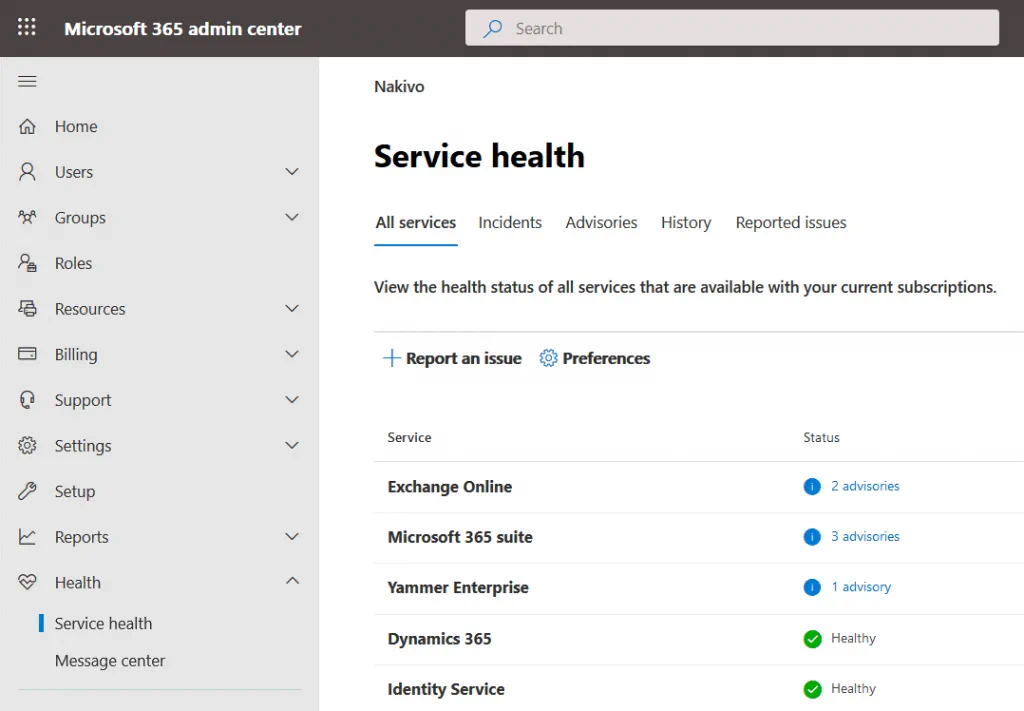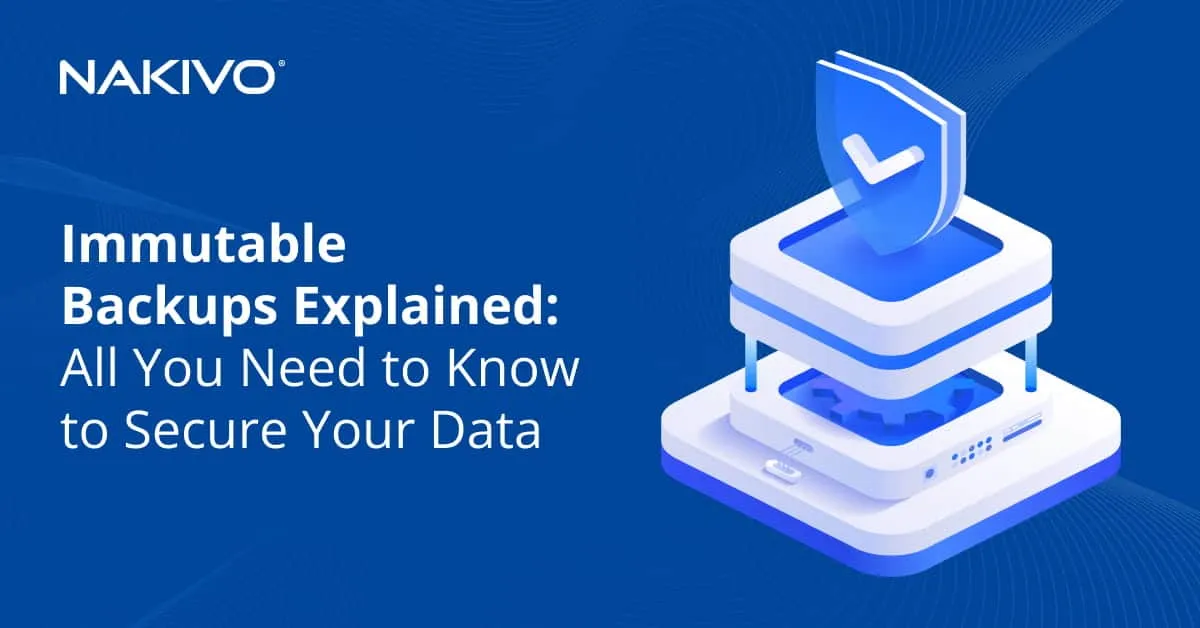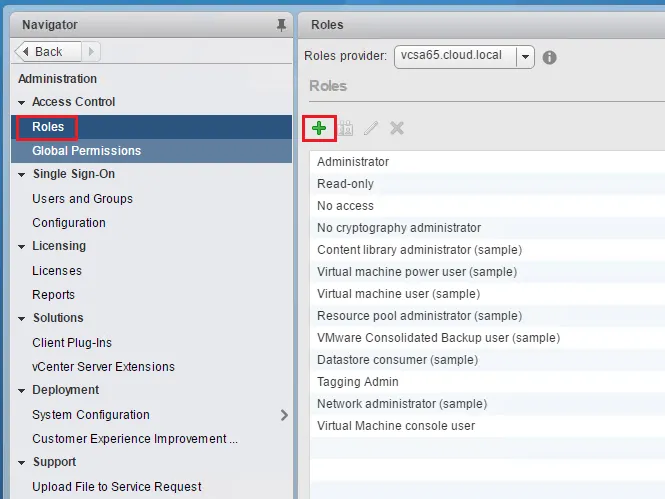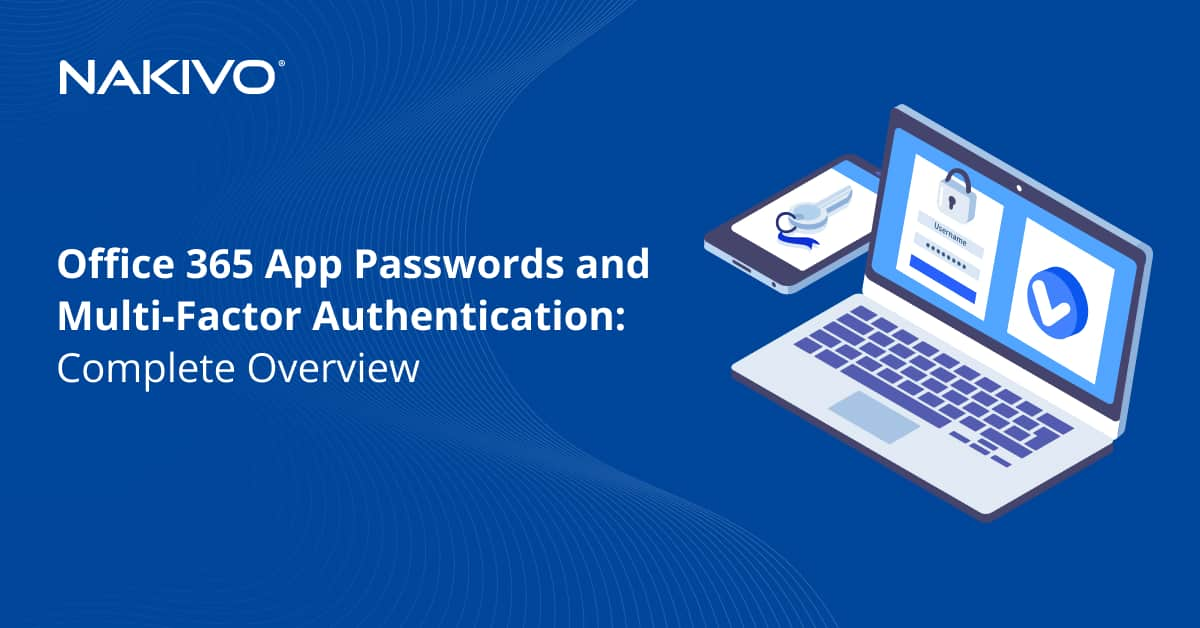Common Office 365 Issues and How to Solve Them
You may encounter issues when using any application, and Office 365 is no exception. Not all issues are caused by bugs unpatched by the software vendor. Many issues can be fixed on the client side. If you encounter an issue in Office 365 that can only be fixed by the vendor, Microsoft will release an update to resolve any known issues as soon as possible.
However, the probability of an Office 365 outage due to an issue on Microsoft’s side quite low. Is Office 365 down? How to sign into an Office 365 account? When you work with Office 365, it is useful to have fixes for possible Office 365 issues today and this blog post covers Office 365 issues, Office 365 troubleshooting, and possible solutions to detect and fix Office 365 known issues.
Office 365 Activation Issues
To work with Office 365 applications, your Office 365 has to be activated. If it’s not activated, the following error message is displayed:
Product deactivated.
To keep using Word without interruption, choose the option below to reactivate.
Enter key – I have a product key.
Sigh In – Add this computer to an active account.
Check the version of Microsoft Office installed on your computer. Check your subscription name and expiry date. Office 365 applications installed on a computer must connect to Microsoft servers over the internet at least once every 30 days to check and validate the license. If the installed Office 365 applications don’t connect to Microsoft servers for more than 30 days in a row, these applications are deactivated until they connect to Microsoft licensing servers and the license is renewed.
If you installed a version of Microsoft Office that is different from the Office 365 version provided by your subscription plan, uninstall the existing Microsoft Office suite from your computer and install the correct version. Then try to activate the installed Office 365 suite again on your computer. You may need to remove old Microsoft Office licenses from your computer and install a new one.
Check the internet connection. Make sure that network access to the Microsoft servers is not blocked. Check the firewall on your computer, the router, and DNS configuration.
If your Office 365 subscription has expired, buy a new license and extend your Office 365 subscription for a new period. Then try to open the Office 365 applications again.
If multiple versions of Microsoft Office are installed, Office 365 activation issues may occur. Uninstall old versions of Microsoft Office from your computer and try to activate Microsoft Office 365 again.
If you want to use Office 365 applications installed on a terminal server, you should use Office 365 Pro Plus, which supports Shared Computer Activation. Read the blog post about using Office 365 on a terminal server.
Office 365 Login Issues
Office 365 login issues are common among Office 365 users. Let’s explore some of them and check recommendations that can be used for Office 365 troubleshooting. A wrong ID or password is the common cause of a login failure. The error message is displayed when you try to sign into the Office 365 portal:
“We are unable to recognize this user ID or password.”
Possible causes of this error
You have entered the wrong username or password. Check your password, and check that CAPS LOCK is not turned on. Passwords are case sensitive. Try not to copy a password from a text document, Skype, or other application, and enter a password manually. The recommended practices state that you should avoid storing passwords in text documents or messaging apps.
An Office 365 administrator has changed a password for your Office 365 account or deactivated your account. Ask your system administrator to provide credentials for you.
How to fix Office 365 login issues
If you have forgotten your password for the Office 365 account, try to recover or reset the password.
Use this link to recover work or school accounts: https://passwordreset.microsoftonline.com (if your Office 365 administrator has enabled resetting passwords by users).
Use this link to recover a personal Microsoft account: https://account.live.com/ResetPassword.aspx
Always define a recovery email address when configuring your Office 365 account. If an incorrect password is entered multiple times, after several unsuccessful login attempts, your Office 365 account will be locked. If your account is locked but you have not defined your recovery email address, try to fill out the Microsoft account recovery form.
- Try to use your usual computer and IP address from which you connect to Office 365 services.
- Answer as many questions as possible in the provided recovery form. Try not to leave unanswered questions.
- Define a new email address for contact. Microsoft doesn’t send advertisements to defined email addresses.
- Enter the captcha code to proceed.
This workflow can be used if two-factor authentication is not enabled.
Issues with the Safari Browser
Problems with Safari can occur due to the Intelligent Tracking Prevention (ITP) feature of the browser when using Office 365 online apps.
Perform the following steps to resolve the issue:
- Open Safari and go to Preferences > Privacy
- Deselect the Prevent cross-site tracking option
- Move to teams.microsoft.com
Issues with Office 365 Outlook
If you use Microsoft Office 365 Outlook as a standalone email client and you cannot send and receive email messages, check connection settings of Outlook.
Make sure that you have entered the correct Office 365 username and password.
Check POP3 and SMTP settings for connecting to Microsoft mail servers (addresses of servers, ports, encryption, authentication). If IMAP is used, check IMAP settings.
Synchronization Issues
Office 365 syncing problems are common for Office Mobile, but sometimes similar issues may occur for Office 365 desktop applications like OneDrive and Outlook.
If synchronization for OneDrive fails, check whether you have the latest version of the OneDrive client installed on your computer, check the internet connection, and make sure that files don’t exceed OneDrive limits (the maximum file size, the correct file name, the number of objects in a folder, and so on).
As for Outlook, synchronization problems may occur after installing updates like KB2837618 or KB2837643. The Outlook application may crash after launching or display errors when using IMAP for an email account:
- You do not have appropriate permission to perform this operation.
- You do not have permission to move items in this folder.
- Your automatic reply settings cannot be displayed because the server is currently unavailable. Try again later.
How to fix these issues?
Uninstall updates (KB2837618 and KB2837643) to fix the related IMAP synchronization issues for Outlook 365.
Click Start, open Control Panel, and then open Programs and Features.
Select KB2837618, and click Remove.
Select KB2837643, and click Remove.
Restart Windows and try to run Microsoft Office Outlook 365 now, and check whether everything is working correctly.
Update Issues
Microsoft recommends updating Windows, Microsoft Office and other software regularly. Microsoft updates are released on a regular basis and allow you to protect software against known threats, fix bugs, and so on. Office 365 known issues are usually fixed by these updates. Let’s find out what you can do if updates are not installed automatically, and what factors can cause update issues. Open one of the installed Office 365 applications, and click File > Account > Update Options > Update Now to check whether Office 365 updates are installed. If they have not been installed, go ahead and install them.
Installing Office 365 updates can fail for different reasons, and some of them are listed below.
The operating system on which your Office 365 applications are installed does not support the updated version of Microsoft Office 365. Windows 7 and Windows 8 do not support the latest Office 365 versions and only Windows 10 support this version (Windows Server operating systems are not covered here).
An internet connection is not available or a firewall is blocking network connections.
If you are sure that there are no connection issues, but your Office 365 is not detecting a new update (and you can’t see the “You’re up to date!” message), check the Office 365 update channel. There are multiple Office 365 update channels. Some of them allow users to get updates before the main release while others provide updates at a later time. The update channel used by Office 365 depends on your Office 365 subscription plan and on configuration.
Check your update channel by opening an Office 365 application and going to File > Office Account. Then click the About Outlook button. The full list of Office 365 update channels is provided below.
Beta Channel is available for all Office 365 subscription plans. Updates are available for 4–6 weeks before the main release.
Current Channel (Preview) is available for all Office 365 subscription plans. Updates are available for 2–4 weeks before the main release.
Current Channel. Available for all subscription plans. It is the default update channel.
Monthly Enterprise Channel is available for Business and Enterprise subscription plans one month after the main release.
Semi-Annual Enterprise Channel (Preview) is available for Business and Enterprise subscription plans with a delay of 2–6 months compared to the main release.
Semi-Annual Enterprise Channel is available for Business and Enterprise subscription plans with a delay of 6–24 months compared to the main release.
One-time purchase installation is available for Microsoft Office 2016 and 2019 installations. Bug fixes and security patches are provided with updates.
Volume License for MSI-based installation of Office 2016 and Office 2019 Version 1808. Available for volume license installations. Bug fixes and security updates are provided.
Office 365 Problems Caused by Add-Ins
Check Add-Ins installed in Office 365 applications. Sometimes Add-Ins can cause problems with Microsoft Office. These problems include low performance or program crashing. Try to disable Add-Ins and run Office 365 applications without them. Press the CTRL key and click the shortcut to run the Microsoft Office application to disable Add-Ins once. You are asked to use a safe mode in this case. A safe mode is useful for Office 365 troubleshooting.
Tools That Can Help You
There are some native tools provided by Microsoft that can help you find and solve Office 365 issues today. Let’s review the most popular ones.
The Office 365 repair tool
The Office 365 repair tool can help you fix the majority of Office 365 problems for installed Office 365 applications (not applicable if you use online apps only). You can try to repair Office by using the appropriate built-in tool.
Open Control Panel, and go to Programs and features.
Select Office 365, and click Repair.
There are two options: Quick repair and Online repair. Online repair provides more repair capabilities and performs a more extensive check.
Checking Office 365 service health
Service health is the online tool that is available for Office 365 for organizations (if you have work and school Office 365 accounts). Only Office 365 administrators can access this tool in the Office 365 admin center. Use the Service health dashboard to find possible Office 365 issues and read the provided advice on how to fix them.
The Remote Connectivity Analyzer
Use the Remote Connectivity Analyzer to identify connectivity issues that may be the cause of Office 365 services not working as they should. This online tool can help you detect issues by using tests for the following services and features:
- Exchange DNS
- Lync DNS
- Single Sign-On
- Exchange ActiveSync
- Synchronization, Notification, Availability and Automatic Replies
- Service account access
- Outlook connectivity
- Inbound/Outbound SMTP email, POP email, IMAP email
- Outlook Mobile Hybrid Modern Authentication
Microsoft Support and Recovery Assistant
If after running the Remote Connectivity Analyzer Office 365 problems are not fixed, try using Microsoft Support and Recovery Assistant. This tool should be installed on a computer as a standalone application. After installing and running the application and entering the Office 365 account credentials, run tests to identify the problem and find the needed solution. Follow the instructions provided by the assistant to find and resolve Microsoft Office 365 problems.
Try testing configuration of your Office 365 email system, and fix the problems with Office 365 that are preventing users from using the email services. Microsoft Support and Recovery Assistant can help you resolve Microsoft Office, Office 365, and Outlook problems.
If the provided recommendations don’t help you resolve the issues or you want to send Office 365 complaints, call Microsoft support.
Conclusion
Office 365 troubleshooting is an important aspect of building a secure and reliable IT environment. In addition to Office 365 problems that are explained in the blog post, you may encounter issues that cause data loss.
To avoid data loss when using Office 365, perform Office 365 data backup. NAKIVO Backup & Replication is a universal data protection solution that can protect not only Office 365 but also virtual, physical, and cloud environments. Download the software and configure data backup in your environment.






